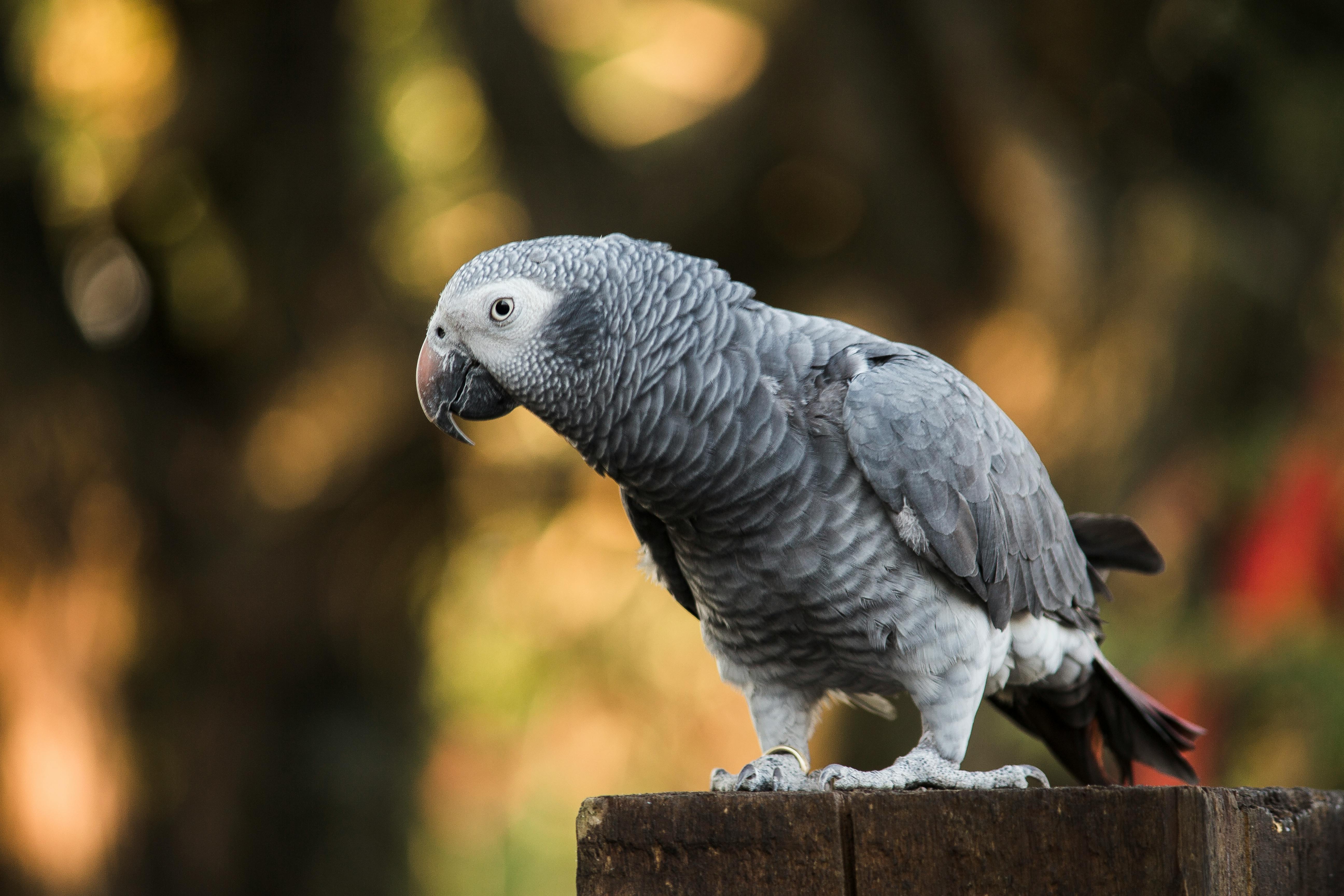Top 5 Effective Ways to Train Your Cat and Rabbit in 2025
Training pets is essential for creating a harmonious home environment, especially when caring for multiple species like cats and rabbits. Understanding their unique behaviors, needs, and communication styles is key to fostering a positive relationship with your pets. In 2025, with advancements in pet care methodologies and training techniques, it is now easier than ever to train your feline and bunny companions effectively.
The benefits of training go beyond simple obedience; it enriches their lives, promotes their health, and strengthens the bond between you and your pets. By investing time in training your cat and rabbit, you can minimize behavioral issues, enhance their well-being, and improve their overall quality of life. This article will explore the top five effective ways to train your cat and rabbit, incorporating essential aspects of their care such as diet, socialization, and enrichment. Prepare to embark on a rewarding journey of mutual understanding and companionship!
1. Understanding Cat and Rabbit Behavior
Building a foundation for training starts with understanding cat and rabbit behavior. Cats are independent creatures with unique temperaments, while rabbits are social animals that thrive on interaction and companionship. Acknowledging these individual traits is essential for tailoring your training approach.
Recognizing Cat Communication Signals
Cats communicate through vocalizations and body language. Understanding these signals enables you to respond appropriately, making it easier to train your cat. Common behaviors include purring when content and hissing when threatened. By recognizing these cues, you can create a supportive training environment. For example, if your cat displays playful behavior during training, reinforce that with a cat treat to create a positive association.
Deciphering Rabbit Body Language
Rabbits express themselves primarily through body language, including ear position, hopping, and nuzzling. Observing these behaviors will help you understand your rabbit’s emotional state. For instance, a relaxed bunny may flop onto its side, indicating comfort and trust. Training should coincide with these moments of relaxation to build a positive learning atmosphere.
Common Behavioral Challenges
Familiarize yourself with common behaviors that might pose challenges during training. For cats, issues like litter box problems or scratching furniture could arise; for rabbits, chewing on household items or digging might be prevalent. Understanding these behaviors allows you to implement training strategies that redirect these habits. For example, providing attractive rabbit toys can deter them from chewing on furniture.
With a strong grasp of behavioral cues and challenges, you can proceed to develop training routines tailored to the unique characteristics of each species. This naturally leads us to explore effective training techniques that enhance socialization and overall well-being.
2. Implementing Positive Reinforcement Techniques
Positive reinforcement is one of the most effective training methods for both cats and rabbits. This approach not only encourages desirable behavior but also strengthens the bond between you and your pets.
Benefits of Positive Reinforcement
Using this technique involves rewarding your pet immediately after they exhibit a desired behavior. For cats, this may involve clicker training, where a click sound is followed by a treat for sitting or performing tricks. For rabbits, rewarding them with fresh vegetables each time they successfully use a litter box reinforces good habits. Positive reinforcement reduces stress and anxiety while promoting a loving training environment.
Choosing Appropriate Rewards
Selecting the right rewards is crucial for successful training. For cats, high-quality treats or their favorite toys can serve as excellent rewards. For rabbits, fresh and healthy food combined with enriching toys will motivate them to engage in the training process. Always bear in mind their dietary needs; rewards should complement their primary diet without leading to health issues.
Consistency is Key
Consistency is vital in positive reinforcement. Regular training sessions help your pets learn and adapt more quickly. Aim for short, frequent training sessions to keep your cat or rabbit engaged while preventing boredom. If your cat struggles to learn a command, patiently repeat it using various rewards until they grasp the concept.
As you refine your training practices, consider incorporating environmental enrichment and specialized toys to reinforce learning. This brings us logically to explore the essential role of play and enrichment techniques for both species.
3. Incorporating Play and Enrichment into Training
Incorporating play and environmental enrichment makes training sessions more enjoyable for your cat and rabbit while supporting their physical and mental well-being. Engaging your pet through play stimulates their instincts and strengthens their bond with you.
Choosing the Right Cat Toys
Offering various toys keeps training fun for your feline friend. Toys that mimic hunting behavior, such as feather wands or laser pointers, can be used during training to encourage exercise and focus. Interactive toys are also great for stimulating cognitive skills. Rotating toys regularly can prevent boredom and maintain your cat's interest.
Enhancing Rabbit Enrichment
Rabbits require an enriching environment to thrive. Providing tunnels, chew toys, or boxes allows them to explore and engage safely. During training, consider using these toys as rewards or for distraction. This approach utilizes their natural behaviors to reinforce your training efforts effectively.
Combining Training with Playtime
Integrating training exercises with playtime reinforces learned behaviors in both cats and rabbits. For instance, after a training session, allow your cat to enjoy chasing a toy mouse or give your rabbit a chance to hop through tunnels. This combination creates a positive feedback loop where they associate learning with fun and play, enhancing their enjoyment of the training process.
Using play and enrichment as training tools lays the groundwork for advanced techniques in cat and rabbit training. Furthermore, understanding the importance of socialization during training can dramatically improve your relationship with them.
4. Socializing Your Cat and Rabbit
Effective socialization techniques are essential for fostering companionship and reducing stress in both cats and rabbits. By exposing them to different environments and interactions from a young age, you can ensure they grow up to be well-adjusted pets.
Early Socialization Tips for Cats
When socializing a kitten, introduce them to multiple people, experiences, and environments. Handling them gently and allowing them to explore safely fosters confidence. Engaging in interactive playtime also encourages bonding. For adult cats, gradual introductions to new environments or other pets can ease anxiety while retaining their independent nature.
Socializing Young Rabbits
Rabbits are social animals that benefit from regular interactions with other rabbits and humans. When introducing a new bunny, supervise their interactions with newly adopted pets to minimize stress and promote positive experiences. Allow rabbits to explore their surroundings safely while using treats to create rewarding associations with unfamiliar stimuli.
Encouraging Interaction Between Species
If you have both cats and rabbits, fostering a harmonious environment enhances their compatibility. Gradually introduce them while observing their body language. Always supervise interactions and provide safe spaces for each pet to retreat if necessary. Utilize positive reinforcement to encourage friendly behavior towards one another.
Hence, socialization significantly impacts the overall well-being of your pets, which can also boost their health and development. It’s crucial to ensure their dietary needs are met, paving the way for a discussion on nutrition and feeding practices.
5. Importance of Nutrition and Health in Training
Nutrition plays a pivotal role in the training process. A healthy diet ensures optimal energy levels and mental acuity, which are key for both cats and rabbits during learning sessions.
Nutritional Needs of Cats
Cats are obligate carnivores, requiring a diet high in protein to maintain their health. When training, focus on high-quality cat food, considering their specific nutritional needs. To motivate, use small amounts of their favorite cat treats during training sessions. Remember to maintain a balance, ensuring treats do not exceed 10% of their overall calorie intake.
Feeding Guidelines for Rabbits
Rabbits primarily thrive on a balanced diet of hay, fresh vegetables, and limited pellets. A proper diet fosters good digestion and energy levels, which are essential for maintaining enthusiasm during training. Avoid feeding rabbits high-carb snacks or treats in excess. Implement a system for introducing new foods slowly while remaining aware of their digestive health.
Regular Health Monitoring
Regular veterinary check-ups are essential for identifying and managing potential health issues in both cats and rabbits. Ensure vaccinations are up to date and monitor for any signs of stress or illness. Maintaining a pet health journal can help track dietary habits, behavioral changes, or any health concerns over time.
Thus, recognizing the intertwined relationship between effective training, nutrition, and health ensures both your cat and rabbit thrive in every aspect. In 2025, effective training methodologies promote a balanced and joyful life for your furry companions.

Q&A Section
How can I train my cat to use the litter box effectively?
Start by placing the litter box in an easily accessible area and showing your cat where it is located. Ensure you're using a litter type they prefer. Consistency is key: after meals, gently place your cat in the litter box. Praise them or give small treats when they use it correctly.
What are the best toys for my rabbit's mental stimulation?
Look for enrichment toys that encourage chewing and interaction, such as wooden chew toys, hay balls, or tunnels. Incorporating daily playtime with these toys keeps your rabbit engaged and mentally stimulated.
Can cats and rabbits live together peacefully?
Yes, they can! The key is gradual introductions, providing safe spaces for both animals and monitoring interactions. Training them to respond positively to each other's presence can foster a harmonious coexistence.

In summary, training cats and rabbits in 2025 emphasizes understanding their behaviors, employing positive reinforcement, integrating play and enrichment, fostering socialization, and ensuring optimal nutrition. With consistent effort and love, you can create a well-behaved and healthy environment for your feline and bunny companions, ultimately enhancing their quality of life.
For additional information, check out these resources: Rabbit Care Tips and Feline Training Methods.
